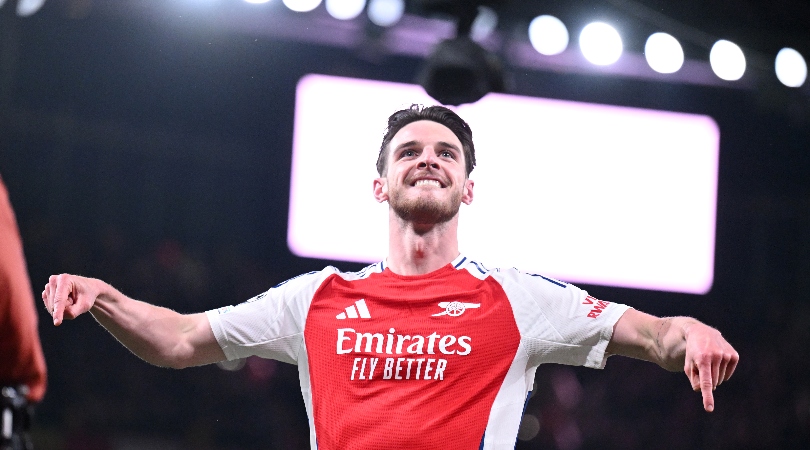10 players who SHOULD be on PFA Young Player of the Year shortlist
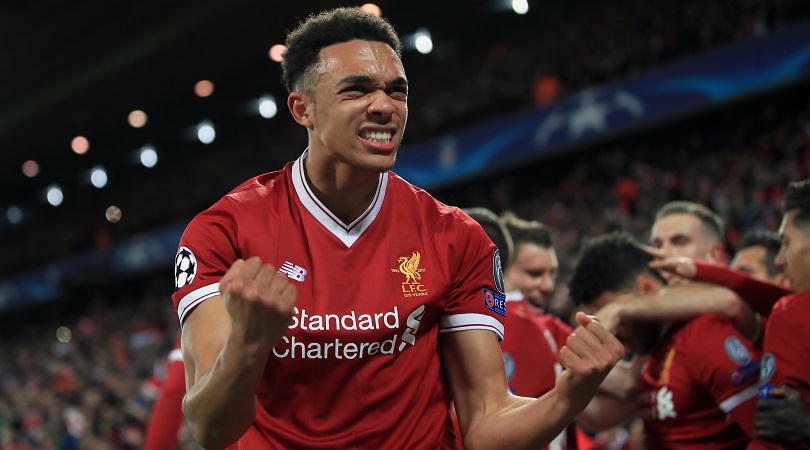
The fountain of youth
As players increasingly break through and peak at a younger age, the current Young Player of the Year criteria aren’t fit for purpose.
So rather than being aged 23 or under at the start of the season – meaning a 24-year-old Bernardo Silva is eligible for the prize this year – who deserves to be on a shortlist of those who were 21 or under before August 1, 2018?
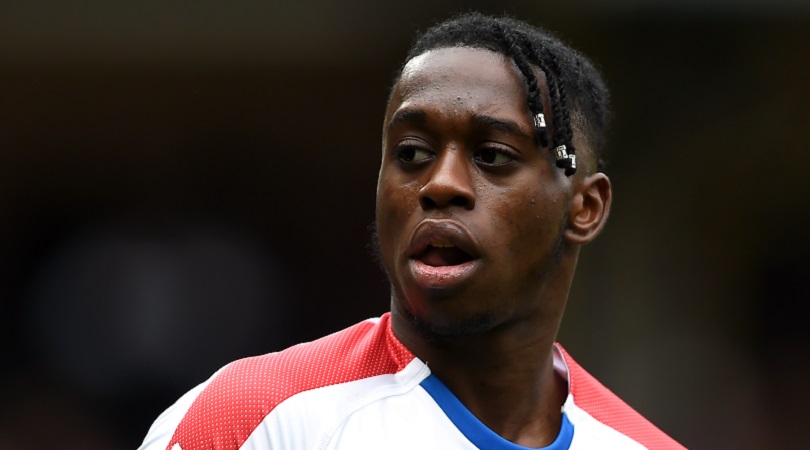
Aaron Wan-Bissaka (Crystal Palace)
This time last year, Wan-Bissaka had made only five appearances as a professional footballer. And while the right-back had impressed in these outings against the likes of Tottenham, Manchester United, Chelsea and Liverpool – not least because he spent most of his youth career as a winger – it was hard to predict just how good the Crystal Palace man would become this season.
Wan-Bissaka has barely put a foot wrong for Roy Hodgson’s side, establishing himself as one of the Premier League’s best defenders in one-on-one duels. Despite not being in Gareth Southgate’s recent squad, he’s a full England international in waiting.
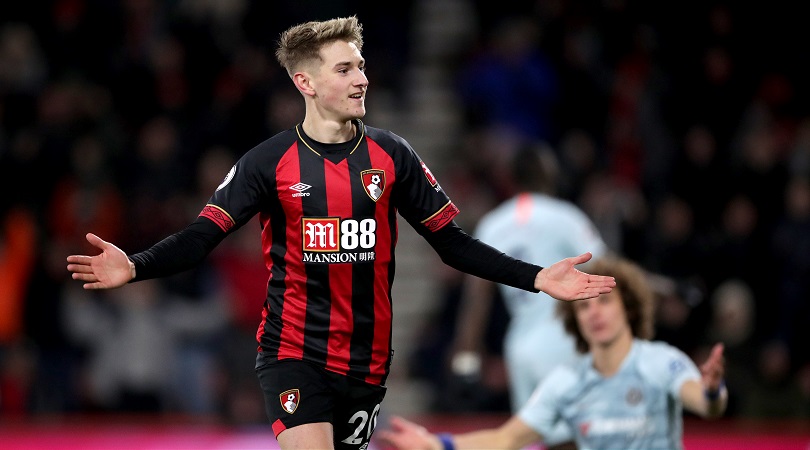
David Brooks (Bournemouth)
Eyebrows were raised when Bournemouth chose to spend north of £10m to sign him after only nine Championship starts for Sheffield United, but the attacking midfielder would now be worth at least three times that were Eddie Howe to sell.
Brooks’s speedy adaptation to Premier League life has stood out. He has 10 league goals and assists to his name, and will comfortably pass the 2,000 league minutes mark in his first top-flight season – a figure which would be even higher were it not for injury. Before 2018/19, Brooks had played fewer than 1,500 career league minutes in his career.
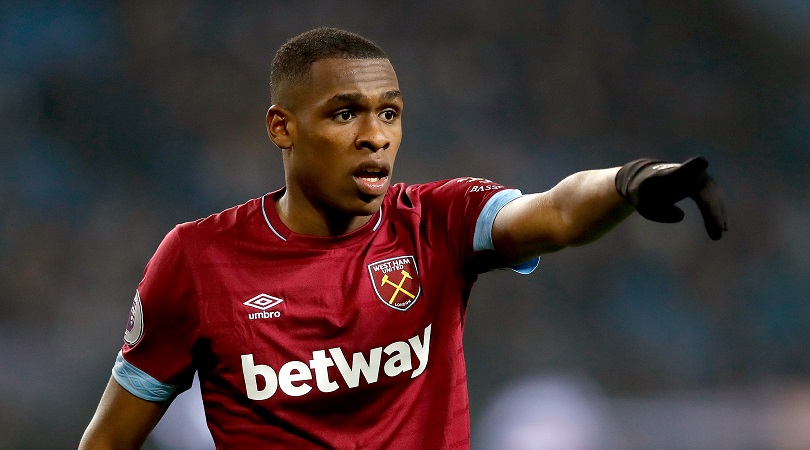
Issa Diop (West Ham)
Quietly authoritative in the heart of the backline, Diop has been one of West Ham’s standout performers following his transfer from Toulouse last summer. The 22-year-old has played more league minutes than any other player on this list, underlining his importance to the Hammers’ cause.
Strong in the air and quick across the ground, Diop is a fine athlete who can duke it out with even the most physical of centre-forwards. There’s plenty more to his skill set, though; the centre-back is also a fine reader of the game and a good distributor from deep.

Diogo Jota (Wolves)
Having employed a 3-4-3 system during the first half of the season, Wolves boss Nuno has moved to a 3-5-2 in recent months. That has led to a positional change for Jota, who now partners Raul Jimenez up top having previously been used as an inside forward.
Jota has thrived in his new role, combining brilliantly with Jimenez and scoring five goals in nine outings in 2019. He’s chipped in with four assists this season too, and has recently been linked with a summer switch to Tottenham.
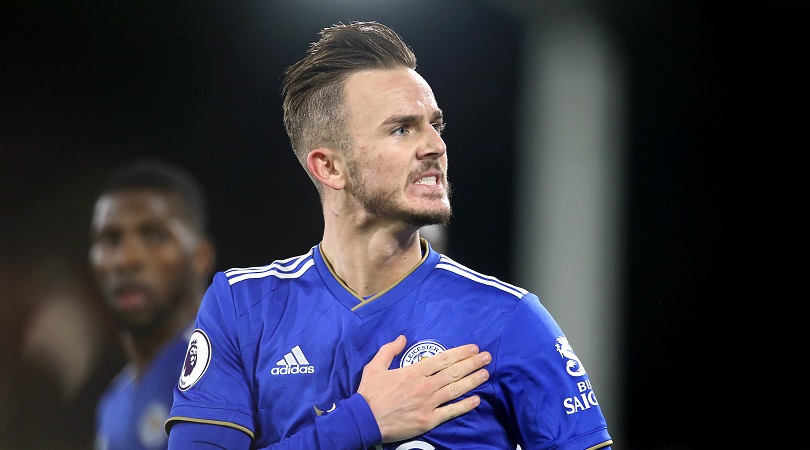
James Maddison (Leicester)
When Maddison missed out on the latest England squad because Gareth Southgate pointed out that he doesn’t use a No.10, Brendan Rodgers immediately picked James Maddison on the left and watched as he produced a virtuoso performance against Burnley.
Maddison could consider himself unfortunate not to be part of England’s recent gathering. No player in Europe’s top five leagues – not Lionel Messi, not Eden Hazard – has created as many chances this season. If the ex-Norwich schemer might need to curb his tendency to shoot from distance quite so often, you can hardly accuse him of allowing that tendency to affect his creativity.
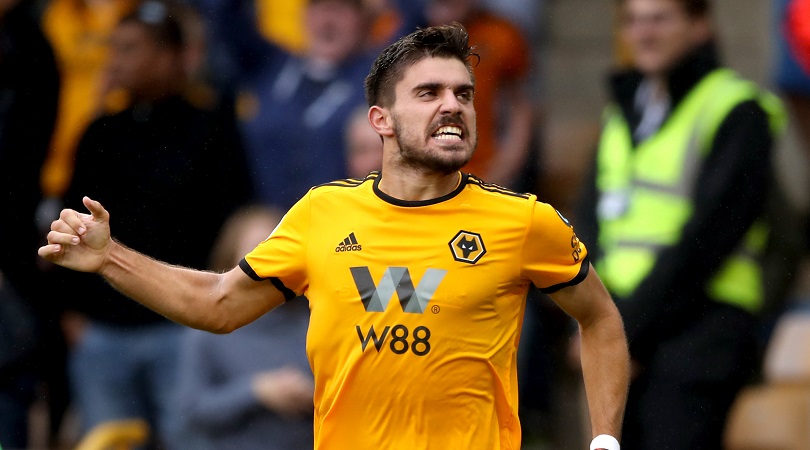
Ruben Neves (Wolves)
The star of Wolves’ promotion campaign last time out, Neves has picked up where he left off in the top flight. Paired with compatriot Joao Moutinho in the centre of the park, the Portuguese impressed with his metronomic passing and ability to set the tempo of his team’s play from a deep-lying role.
He’s been a little too trigger-happy when it comes to launching shots from outside the box, but there’s no doubting Neves’ sublime all-round technique. He’s not afraid to stick a foot in either, averaging 2.2 tackles and 2.3 interceptions per match – the latter ranking him fourth in the list of Premier League midfielders.
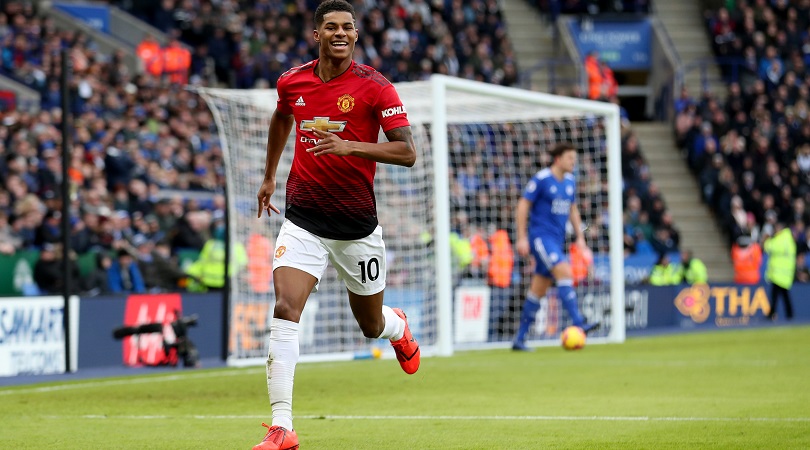
Marcus Rashford (Manchester United)
Like many Manchester United players, there’s a clear before and after in Rashford’s season. The England international shone only sporadically under Jose Mourinho’s tutelage in the first half of the campaign, scoring just three goals and at times cutting a frustrated figure in an under-performing team.
Everything changed when Ole Gunnar Solskjaer was installed at the wheel. Redeployed as a central striker – although he’s still played out wide on occasion – Rashford has responded with nine goals in 19 appearances in all competitions. United have tended to look most dangerous when he’s leading the line.
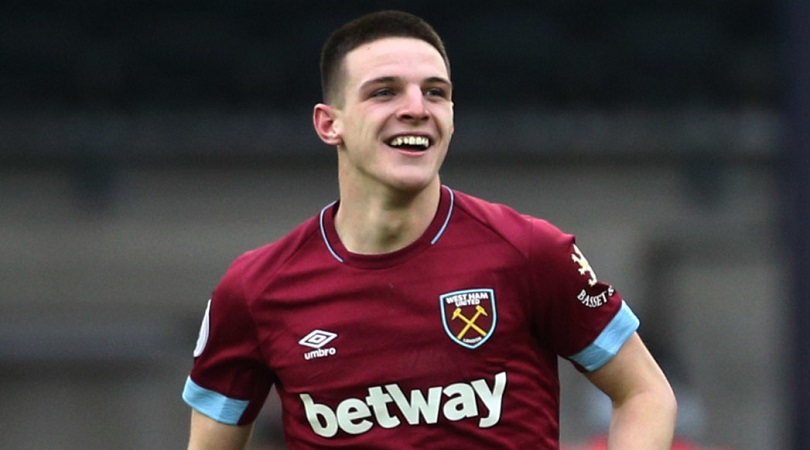
Declan Rice (West Ham)
Rice may have only just turned 20, but plays with a maturity and technical ability way beyond his years. His ability to drop into central defence or step up as a passing central midfielder is bad news for Eric Dier, but great for England and West Ham. His club’s next test will be keeping him.
Rice has played over 2,500 league minutes this season; watch him close down opponents, position himself perfectly to thwart counter attacks and give-and-go with ball at feet, and you’ll quickly see why Manuel Pellegrini considers him undroppable.
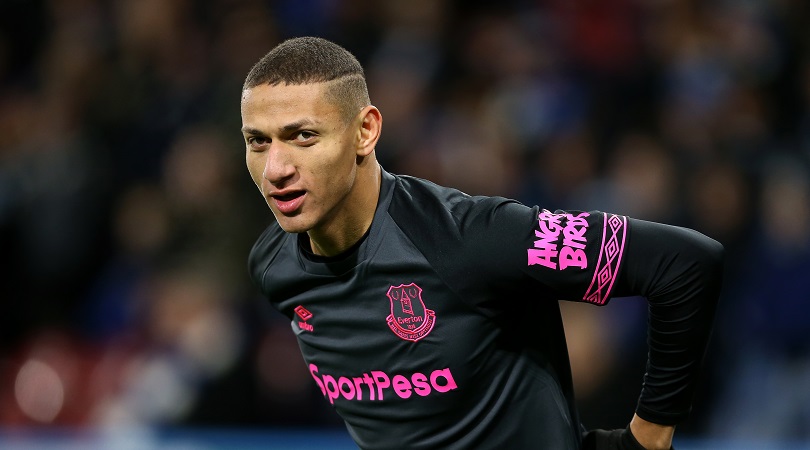
Richarlison (Everton)
Richarlison hasn’t had everything his own way this term. He started the season on fire, scoring a brace on his Everton debut against Wolves and then going on to find the net eight more times before the turn of the year.
There followed a slowdown in which the Brazilian struck just once in two months, but Richarlison has gradually returned to his best in the last few weeks. Able to thrive out wide or through the middle, the former Watford forward has established himself as a contender for Brazil’s No.9 jersey – no mean feat in itself.
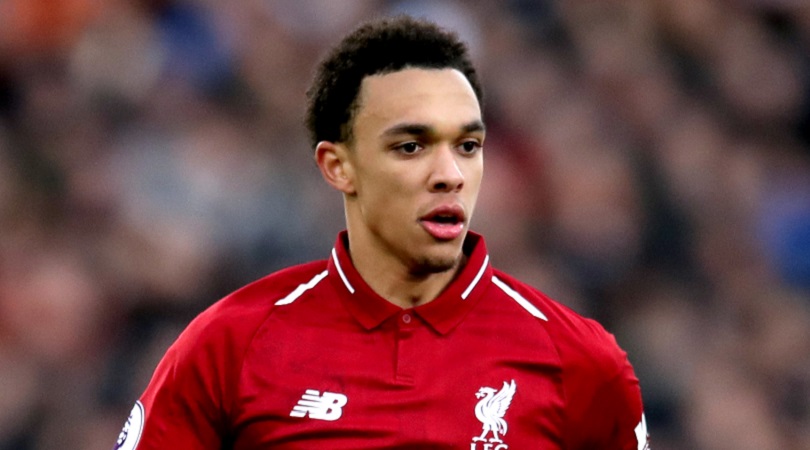
Trent Alexander-Arnold (Liverpool)
Alexander-Arnold hasn’t been as effective this season as in the second half of 2017/18, but that was inevitable. Young players enjoy a rapid rise to the top, before high-class opponents work out their flaws and subsequently exploit them. Alexander-Arnold’s task then becomes to improve the weakest parts of his game as a countermeasure.
Still, it’s hardly been a disaster. Alexander-Arnold has played 30 matches in the Premier League and Champions League, lost only three, and is first-choice right-back for the club that sits top of the table. Possessing dynamism and superb distribution, the Reds academy product is a fine set-piece taker to boot.

Greg Lea is a freelance football journalist who's filled in wherever FourFourTwo needs him since 2014. He became a Crystal Palace fan after watching a 1-0 loss to Port Vale in 1998, and once got on the scoresheet in a primary school game against Wilfried Zaha's Whitehorse Manor (an own goal in an 8-0 defeat).
